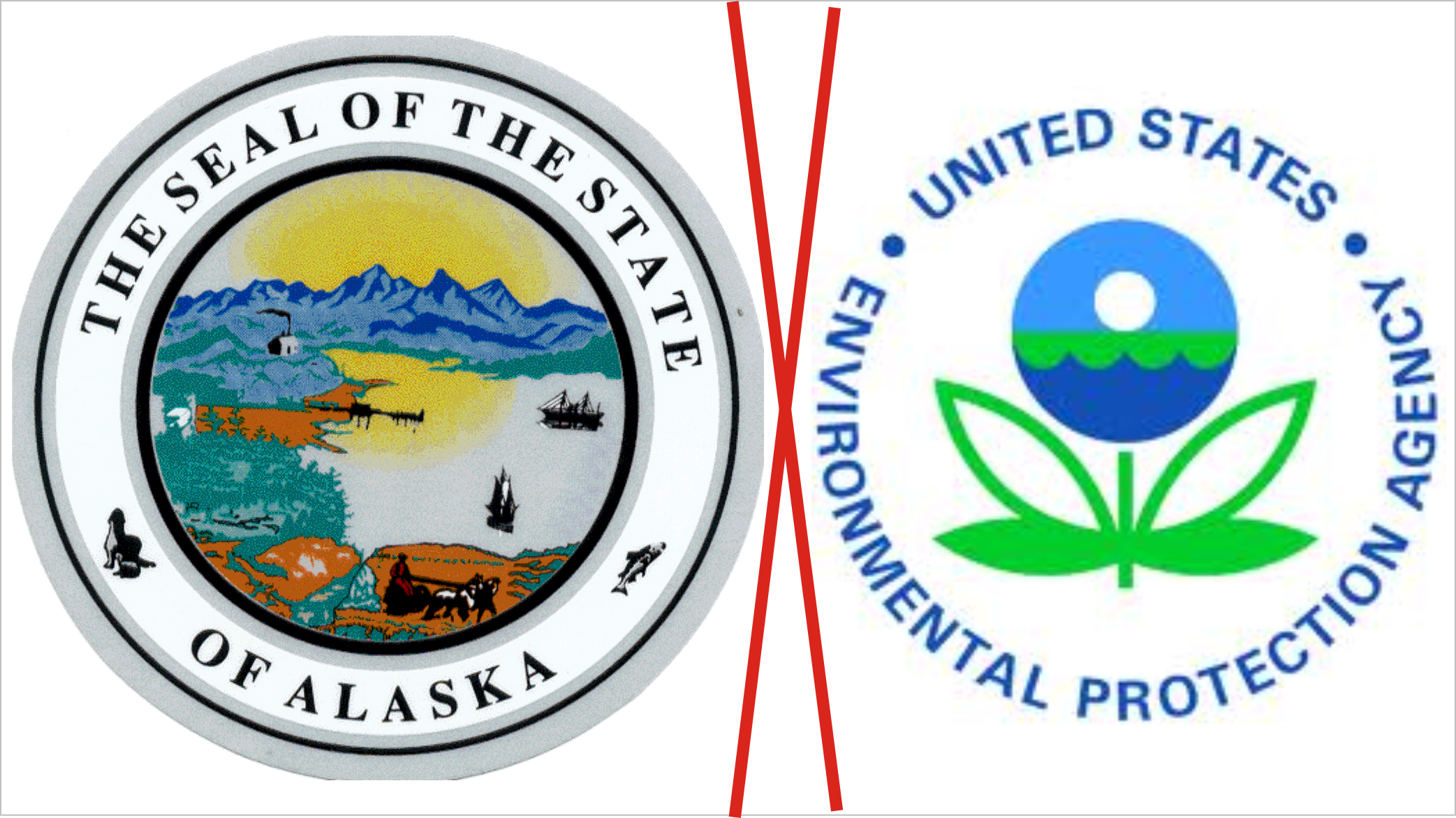What’s the most inhospitable country in the world to the mining of precious metals or minerals? The United States of America – hands down.
Running the regulatory gauntlet that is the government permitting process for starting up a new mine for gold, silver, copper or some other highly-prized metal or mineral typically takes 7 to 10 years. And mining companies are acutely aware that every permitting decision that happens to go their way will be challenged by environmental groups, adding the cost of litigation to the price of trying to open a mine in the U.S. Indeed, the Behre Dolbear Country Rankings for Mining Investment, known in the mining world as the “Where-Not-to-Mine Report,” puts the U.S. tied with Papau New Guinea for dead last.
Writing in the Wall Street Journal (Jan. 21), Daniel McGroarty of the American Resources Policy Network highlighted the high price Americans are paying for the bureaucratic mess that is the nation’s permitting process. “Among other consequences of the red tape, there are now 19 strategic metals and minerals for which the U.S. is currently 100 percent import-dependent – and for 11 of them a single country, China, is among the top three providers,” McGroarty points out.
America’s metals dependency affects almost every sector of the economy. “Consider copper,” McGroarty writes, “which serves as a gateway to 21 elements on the periodic table, collectively supporting transportation, manufacturing, modern medicine, and the major alternative-energy sources to power the clean technology of the future. Copper can also be processed to produce selenium and tellurium (used is solar power), molybdenum (used in steel super alloys), and rhenium (used in jet engines, lead-free gasoline, and treatments for liver and bone cancers.”
EPA’s Pebble Mine Shenanigans
As if the maze of government regulations weren’t enough to undercut America’s global competitiveness in the mining sector, the U.S. Environmental Protection Agency (EPA) has come up with a new way to stifle development of domestic natural resources. Determined to quash a proposed mine 200 miles southwest of Anchorage, Alaska, EPA last year issued a 338-page draft assessment of the project’s potential environmental impact. EPA determined that the Pebble Mine, as the project is known, would have a detrimental impact on the surrounding watershed and fisheries.
EPA reached these conclusions, without ever having seen a formal proposal for the mine. Instead of waiting for the Pebble Partnership, the company behind the mine, to submit a formal proposal as is customary in the permitting process, EPA developed a “hypothetical mine scenario” from which the agency produced an “ecological risk assessment.” Having neither the mine’s engineering specifications nor the Pebble Partnership’s mitigation strategies to go on, EPA sent an unmistakable signal that it is opposed to the project. The agency circumvented the usual permitting and, in effect, created a fictional mine as a means of thwarting a real one.
The agency’s shenanigans didn’t impress an independent peer-review panel that evaluated EPA’s draft. One reviewer called EPA’s handiwork “pure hogwash.”
The proposed Pebble Mine has the potential to triple America’s strategic reserves of copper and nearly double its strategic reserves of gold. It could also nearly double America’s reserves of molybdenum, allowing the U.S. to rival China as a global leader in the production of this critical metal used to harden steel for U.S. manufacturing and construction industries.

This is a sad story. How can the United States ever get out of this economic malaise with the existence of the EPA? The organization needs to be abolished and let individual states take care of their environmental problems they are already monitering.
Is this the United States that would forget the constitution and let the office of President take all the power that has allowed the President when it was intended to be only Congress to pass laws?
The author says ‘Copper can also be processed to produce selenium and tellurium (used is solar power), molybdenum (used in steel super alloys), and rhenium (used in jet engines, lead-free gasoline, and treatments for liver and bone
cancers.’
The copper itself isn’t ‘processed’ to produce selenium, moly, etc. Those elements, particularly moly, are usually found in association with copper(copper ore); as in Porphyry Copper Deposits(PCDs). To let the reader assume that all those elements can be extracted from copper itself is unfair; as the (apparently) target audience most likely does not have a working knowledge of the minerals in PCDs.